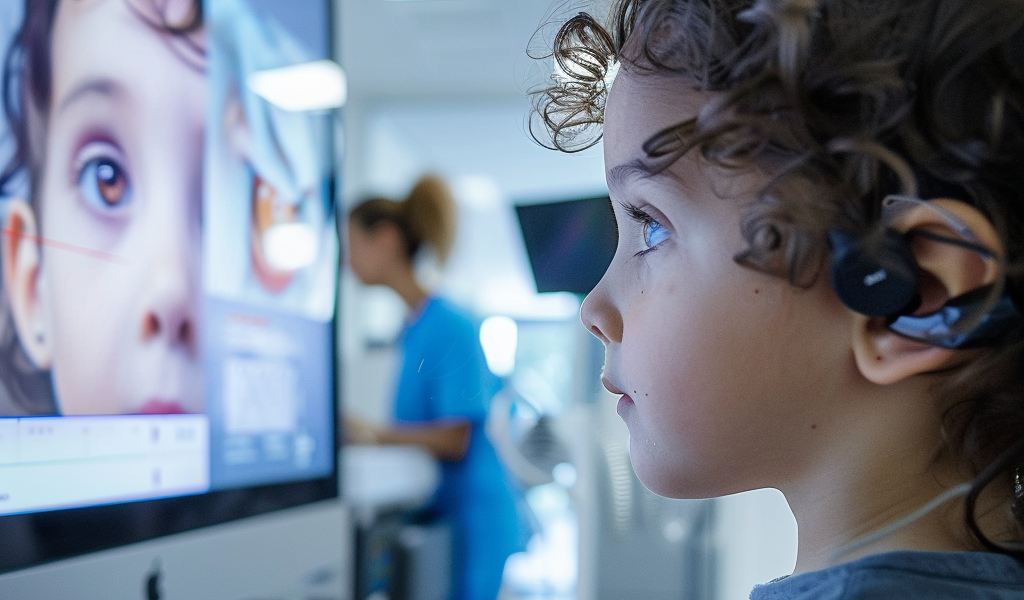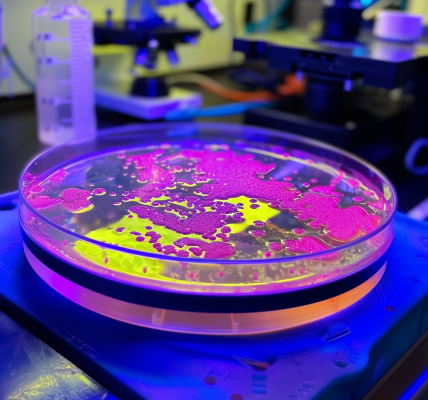Early Autism Diagnosis Enhanced by Eye-Tracking Technology
Eye-tracking technology has emerged as a promising tool in enhancing the early diagnosis of autism in children. By combining eye-tracking biomarkers with primary care evaluations, researchers have achieved a significant improvement in diagnostic accuracy, with sensitivity reaching 91% and specificity at 87%. This innovative approach holds the potential to address the prolonged wait times for autism evaluations, allowing for timely interventions to be implemented.
According to data from the Centers for Disease Control and Prevention, nearly 3% of children in the United States are diagnosed with autism. However, a collaborative effort between Indiana University and Purdue University is paving the way for expedited and accurate diagnoses.
Dr. Rebecca McNally Keehn, an assistant professor of pediatrics at the IU School of Medicine, highlighted the pressing issue of limited specialist capacity to meet the demand for autism evaluations. Currently, children and their families endure wait times of a year or more before accessing evaluations, resulting in missed opportunities for crucial interventions during the critical developmental stages.
The research team, led by Dr. McNally Keehn, recently published a paper in JAMA Network Open detailing their study on utilizing eye tracking biomarkers for autism diagnosis in primary care settings across Indiana. Conducting blind evaluations on 146 children aged 14-48 months at participating clinics in the Indiana Early Autism Evaluation Hub system, the researchers demonstrated the effectiveness of eye-tracking biomarkers in distinguishing children with autism from those with other neurodevelopmental disabilities.
Eye-tracking biomarkers offer objective indicators of diagnosis by measuring social and nonsocial attention as well as brain function. Despite previous advancements in discovering these biomarkers, there has been a gap in translating them into clinical practice. The integration of eye-tracking metrics with primary care clinician assessments significantly improved the sensitivity of autism diagnosis, marking a crucial advancement in the field.
During the study, children observed videos on a computer screen while their eye movements and pupil size were recorded by researchers. This non-invasive method provides valuable insights into the child’s visual attention patterns, aiding in the accurate identification of autism spectrum disorder.
The successful implementation of eye-tracking technology in conjunction with primary care evaluations signifies a significant step forward in expediting and enhancing autism diagnoses. By reducing the diagnostic uncertainty and streamlining the evaluation process, this approach has the potential to revolutionize the way autism spectrum disorder is identified and managed in young children.





